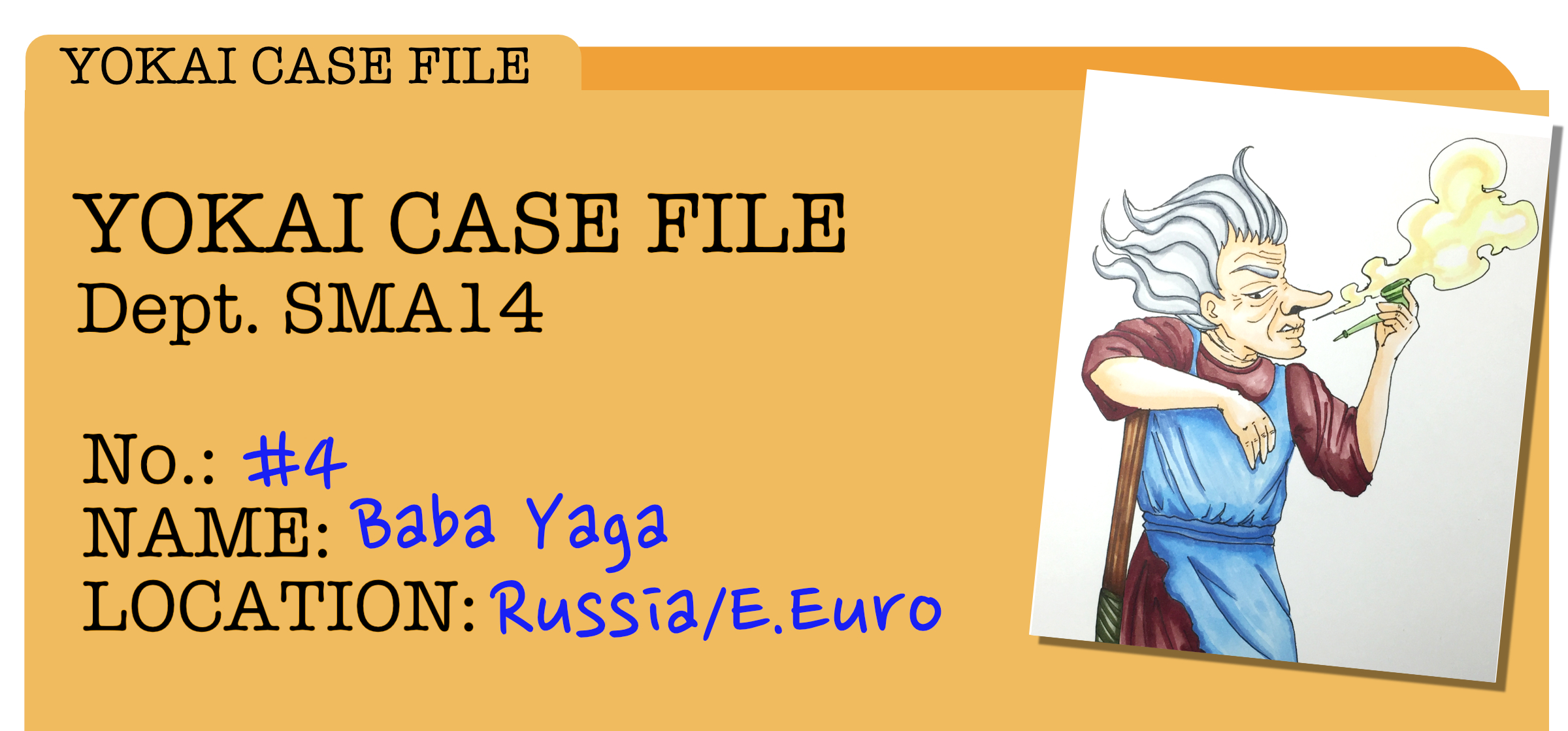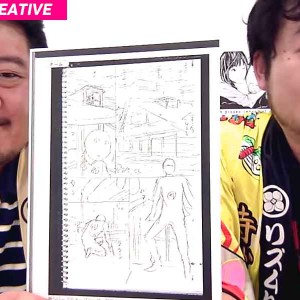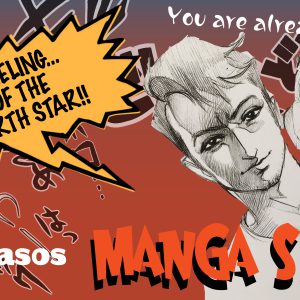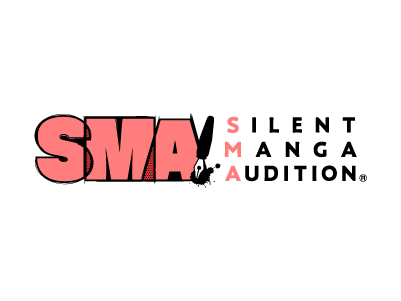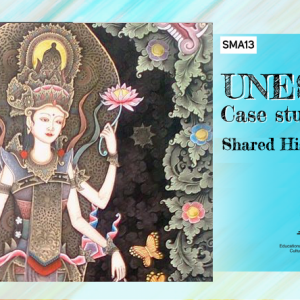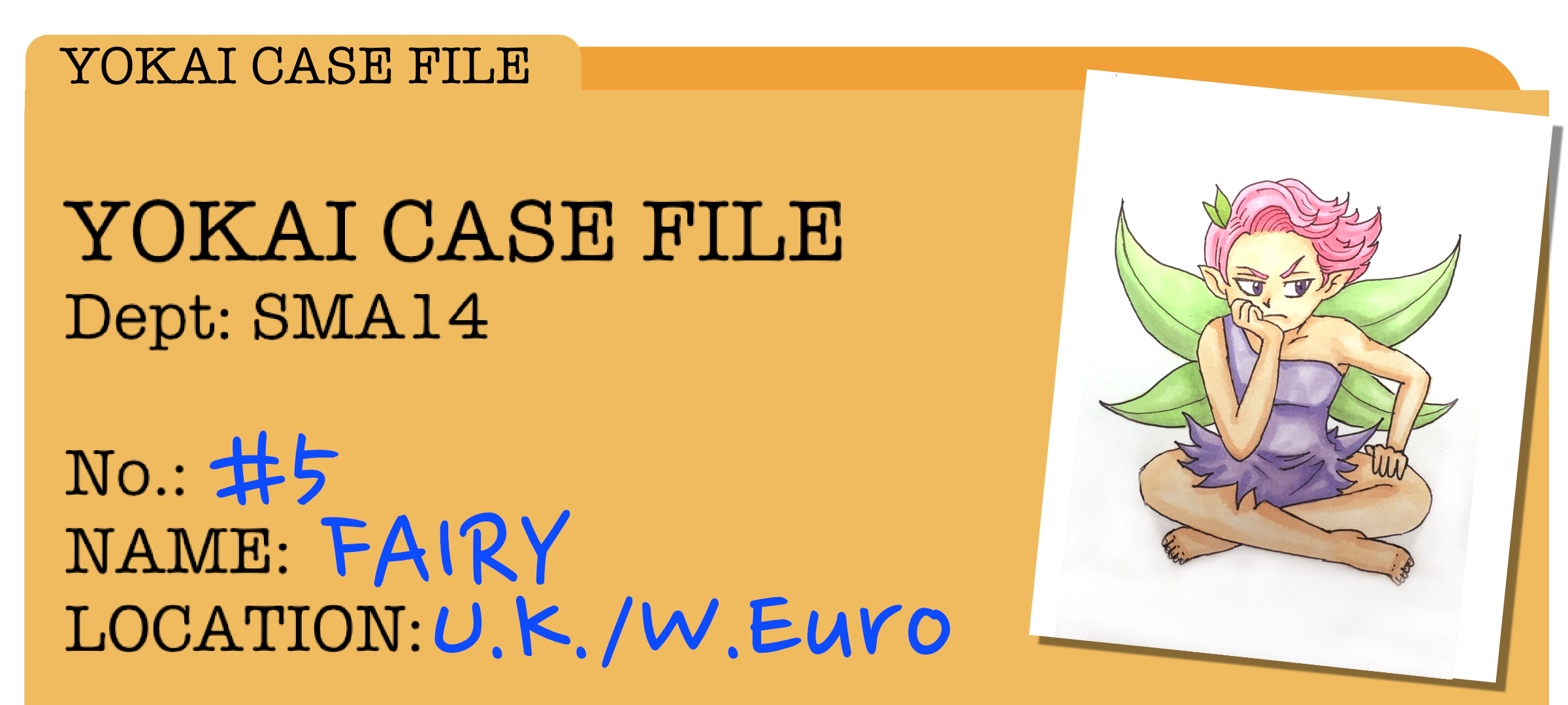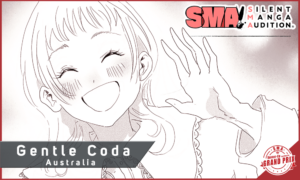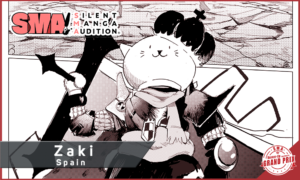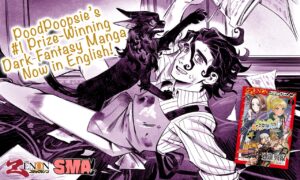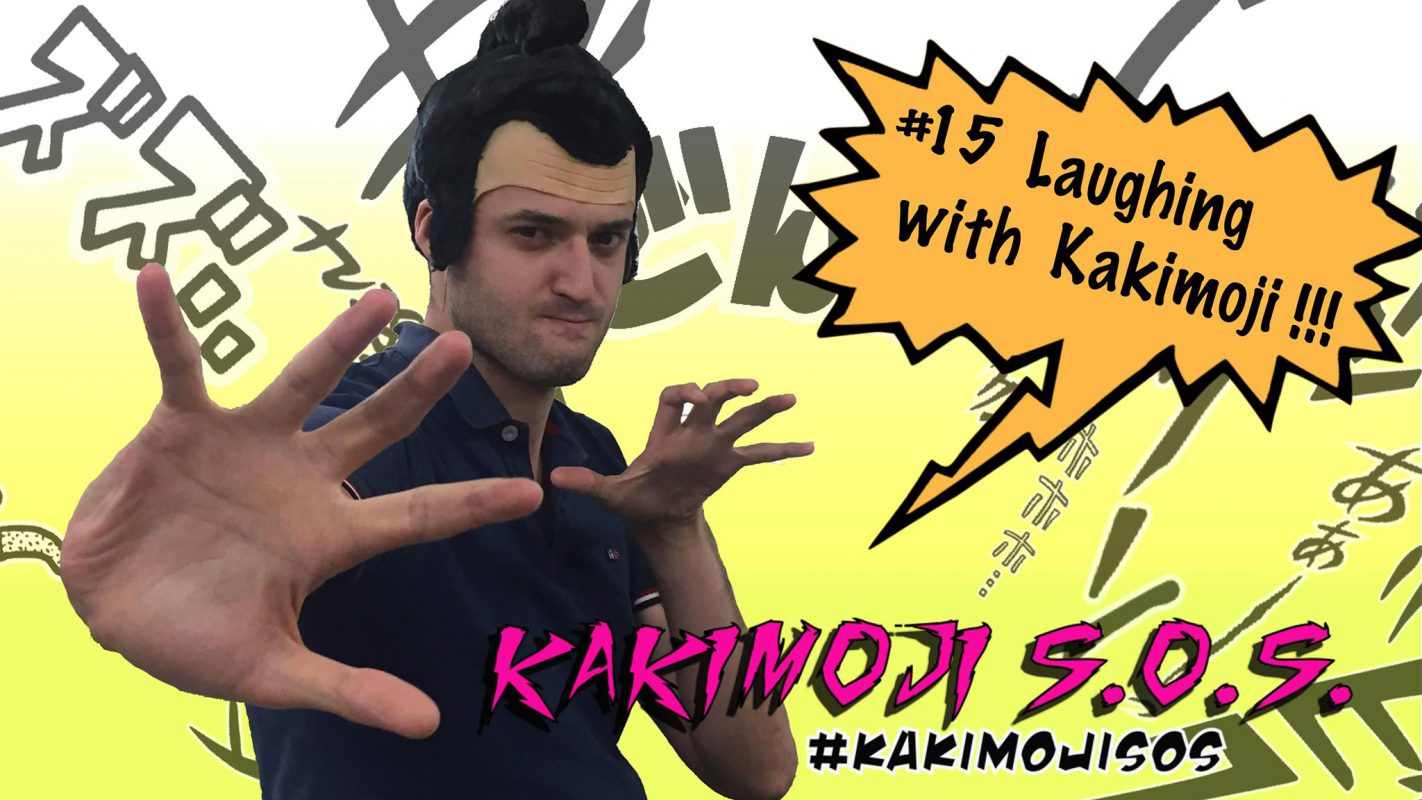
I’ve introduced many varying Kakimoji techniques in the course of this series, but until now, I haven’t covered the rules. Why, you ask? Because there aren’t any!
Much like the nature manga itself, expressing Kakimoji is very much a personal choice for the creator in charge. Going so far as to creating their own rules in the process. Though this may sound daunting, even difficult, it is by far one of the most interested aspects of making manga.
Today, we will step, once again into the world Kakimoji and analyse the work of a great manga sensei (can you guess who??), as we look at originality and application of our favorite “printed sounds!”
① Kakimoji used in “dense” panels.
The sheer talent of Hara sensei (you guessed it!) shines the brightest when he creates panels, heavy in action and power. Even amongst these dense, throbbing boxes of power, Hara sensei is able to expertly insert Kakimoji and allow it to breath amongst the maelstrom of muscle! This perfect balance of both action and Kakimoji turns this scene from amazing, into explosive!
“YOU ARE ALREADY…KAKIMOJIED!”
● White with Black Border/Black with White Border
 H-Hey! What is the “PenMaru says” moment?!
Oh well, thank you for reading this Hara sensei-lover guy’s article today, too!
See you next week!
CIAO!
H-Hey! What is the “PenMaru says” moment?!
Oh well, thank you for reading this Hara sensei-lover guy’s article today, too!
See you next week!
CIAO!
FOLLOW ME for more Kakimoji tips! Twitter Facebook …and remember to use the hashtag #kakimojisos 😉
 ドゴオッ(DOGO!)
ドゴオッ(DOGO!)
 ボッ(BO!)
ドゴーン (DOGOON)
ボッ(BO!)
ドゴーン (DOGOON)
 ドドオオッ(DODOOO)
ドドオオッ(DODOOO)
- Dense and dark background color. In scenes in which the strong feelings of the character are expressed, the use of sharp Kakimoji allows you to emphasize the emotions displayed.
<Application hints used in Hara sensei’s work> GOOD! – O: While thinking about the basic Kakimoji design, it is very important to arrange and add flourishes that match action in the panel. NOT GOOD – X: If you use overlapping black character Kakimoji’s in a frame with dense backgrounds or a strong characters, the inclusion of the Kakimoji can sometimes diminish or interfere with the picture.② What you need for a “Gag Panel”
 ドオオオン(DOOON)
ドオオオン(DOOON)
 ビュッ バッ ビョッ (BYU, BA, BYO)
ビュッ バッ ビョッ (BYU, BA, BYO)
 カッ( KA!)
カッ( KA!)
 H-Hey! What is the “PenMaru says” moment?!
Oh well, thank you for reading this Hara sensei-lover guy’s article today, too!
See you next week!
CIAO!
H-Hey! What is the “PenMaru says” moment?!
Oh well, thank you for reading this Hara sensei-lover guy’s article today, too!
See you next week!
CIAO!
FOLLOW ME for more Kakimoji tips! Twitter Facebook …and remember to use the hashtag #kakimojisos 😉






